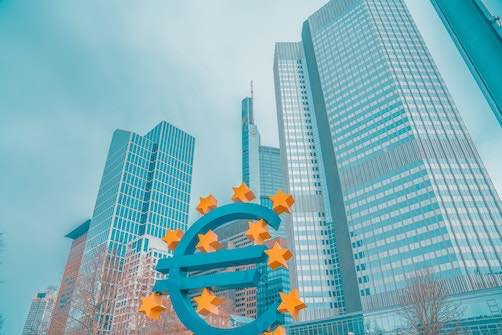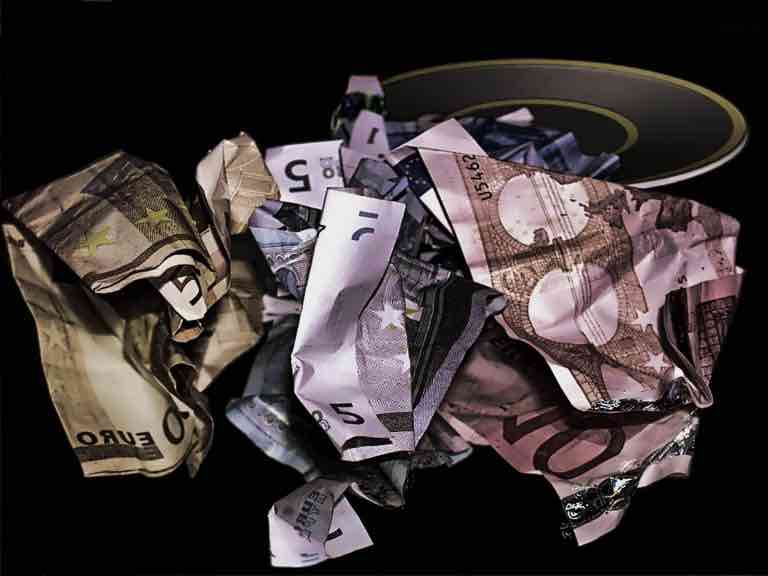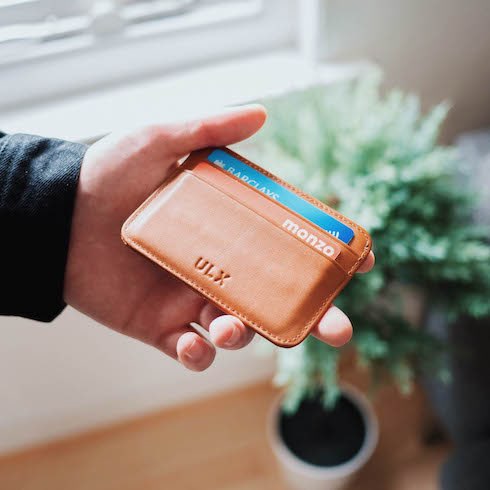Table Of Contents
For the latest Italy currency, symbol, name and exchange rate to US dollars CLICK HERE. As member of the Eurozone, currently Italy’s present official money accepted today is the Euro which is denoted by its currency symbol of “€”.
The Italy Currency of the Euro became the type of cash used in 2002, the former Italian money before euro was called lira. With the deficit budget announcement however, exiting the Eurozone is a possibility. To see the latest rates to the USD see our Italian money to USD guide. If you are in the US and you simply want to transfer money within the country read our walmart to walmart tracking guide.

If you’re planning to have a holiday, take some time to read our helpful guide about the country.
Current Italy Currency (Euro) Exchange Rate
Below if a live rate of the euro (Italy’s currency) against all major global currencies. To check how many USD (or whatever type of international fiat currency you are looking to convert) simply type in the amount of euros required and the entire list will update. If you are trading forex you should look at whatever the trade pries your platform gives you before making the trade.
Italian Currency To USD
If you are looking for the present conversion rate of lira (or lire as it is often misspelled) to dollars then you are out of luck as the country changed from this type of cash to Euro a very long time ago and if you try it won’t be accepted!
Italy Currency Exchange Rate
Below is a live conversion of Euro, Italian currency, to American US Dollars:
And here is the US dollar to the Euro:
Trading Italian Currency
In order trade on forex trading you will need a broker of the official payment type: the euro. The forex market has fluctuated fairly significantly with the British pound (GPB) with the uncertainty surrounding Brexit negotiations.
How to Change Your American Dollars to the Euro
Before exchanging your American Dollars to Euro, do some research on the present market. Fluctuations may be little for now as the Euro is range trading versus the US Dollar. Still, it would be a good idea to keep track of conditions that could affect its rate of exchange. Presently, the Euro is trading near $1.14. A quick and easy way to convert on the fly is to peg €9 at around $10. Here’s an example. If you want to buy a bottle of €180 Tuscan Brunello be prepared to shell out around $200.
Exchange Rate To USD
Below is a live update of the Italian currency of Euro to US currency of the dollar. Use this converter it to convert your US dollars to Euro and vice versa. The conversion data is updated every 24 hours:
How to Go About Exchanging

The challenge when exchanging currencies is to get the most favourable rate. Keep in mind that exchange transactions will factor in costs and fees. We have outlined a few helpful tips on where to exchange your cash to Italian money and how to get the best value out of your transaction.
Do Not Go For Cash Transactions
Exchanging for cash straight up will cost you a lot. It is estimated that cash-for-cash deals lead to losses of up to 9%. How bad is that? Think about losing $10 every time you try to convert $110 in cash. What is the best way to exchange currency? Transact and exchange with the bank. You may come across ads from exchange centres or booths. They will tell you they offer the most favourable exchange rates. If you use their services, you will lose around 15%! Planning to visit Venice, Milan, and Rome? Avoid the exchange centres called Cambio. You will lose 19% during the transaction.
Scammers Lurk On the Streets of Italy
It is a wonderful country but it is not safe from scammers. They are constantly on the prowl for tourists looking to exchange money. These scammers are professionals. They will entice you with unbelievable rates. Don’t give it a second thought. You might end up with fake cash. Some of these scammers are like magicians. They always have tricks up their sleeves. Keep in mind that dealing with these scammers is against the law. You wouldn’t want to be arrested during your vacation.
Use the ATM for your Cash Needs
Perhaps a better way of getting a favourable deal with your hard-earned dollar is by dealing with the Automated Teller Machine also called an ATM. Transacting via an ATM will be faster and can get you better rates than even a bank.
Thinking About Using Travelers Checks? Don’t Bother!
Using travelers checks will only make you lose precious vacation time. First the lines at the bank can be very long. Then, it will take more time for the cashier to process your TC which is considered “Jurassic” in this age of electronic money. Again, just deal with the ATM.
Forget About Exchanging Dollars for Euros Back Home
You may be surprised to know that exchanging for Euros in the United States will result in a more unfavourable rate. It is still better to transact with the local banks. Don’t worry about not having Euros in your pocket upon arriving. The airport has ATM machines that you can use to exchange your dollars. Is you are travelling to Rome for instance, wait till you get to the city and use the exchange rate at the time to get your cash from the cash machine.
Credit And Debits Cards

What about credit and debit cards? Bring them with you during your trip. Debit and credit cards offer a convenient way to pay for your purchases. However, not all businesses will honour them. Therefore it is a good idea to have cash in hand. Another advantage of using your card is that you will get a more favourable exchange rate. This is true even if you factor in transaction costs. The card issuing bank may only charge you 2% at the most. Be certain by getting the details from your bank before flying off. Who knows? Your bank may knock off a few percentage points off the charges! It is a good idea to have a budget and to stick with it so you won’t accumulate expenses that could shut down your bank account.
Former Italian Currency Before The Present Euro
The currency used in Italy before the Euro was the Lira (abbreviation ITL.) It has its origins as far back as 1861. Further back, the Lira was also the official money of the Kingdom from 1807 to 1814. Likewise, the kingdom of Albania made the it its form of transacting during the period of 1941 to 1943.
It became a sub-unit of the Euro from 1999 to 2002. For the reason that Euro coins and notes were not yet in circulation, you could only settle cash payments using the Lira.
Where did the term Lira come from?
Malta and Cyprus were just a few of the countries that interchanged the term and meaning of “Lira” and “Pound”. The word “Lira” originates from the Latin word, “Libra” which refers to the value of the weight of a pound of high- quality silver. The value was pegged to 4.5gms of silver.

The country became part of the Latin Monetary Union in 1865. As such, its value was pegged to the equivalent of the Swiss, French, and Belgian francs. In fact, for some time, the Lira was alternatively referred to as a “franc”.
The Latin Monetary Union was dissolved when World War I broke out. During this time, Italy’s inflation rate rose to historical heights. Prices of commodities spiralled out of control. To stem the rise in inflation, Mussolini pegged the value of 90 Lira to 1 British Pound. Meanwhile, the value of 1 United Dollars was equivalent to 19 Lira.
On June 1943, the exchange rate was again reset. This time the value of 1 United States Dollar was pegged to 120 Lire. This was right after the Allies invaded. The following month, the rate was lowered to US$1=100 Lire.
Pegging Against Bretton Woods System
The exchange rates were much different in areas that were occupied by Germany. The rate was pegged at 1 Reichsmark to 10 Lire. Months after World War II ended, the Lira’s value greatly fluctuated which necessitated a move to set the rate to US$1 to 575 Lire in November 1947. The rate was pegged with respect to the Bretton Woods System.
The decision to move from the Lira to the Euro was largely influenced by the inability to effectively manage the rate of inflation. On 1st of January 1999, the Euro replaced the Lira as the official Italy money. Currencies that were denominated under the old Lira were no longer recognized as a mode of payment on 28 February 2002.
The Bank of Italy exchanged all banknotes and coins that were in circulation before the end of World War II and prior to the shift to the Euro up to December 6, 2011.
Lira Banknotes
The Italian government issued paper bills with low denominations starting in 1882. The banknotes bore the title, Biglietto di Stato, which translated to English means Ticket of the State. This type of banknote was discontinued in 1925 but re-circulated in 1935. Initially, only lira notes denominated as 5s and 10s were issued. From 1895, notes valued at 25 lire were issued. When Biglietto di Stato was re-issued in 1935, the circulation included 1s, 2s, and 10s.
From 1893 to 1922, the Italian government began circulating banknotes which had the title Buono di Cassa. In 1896, paper money was being produced by the bank. The first series of banknotes included 50s, 100s, 500s, and 1,000s. The next release of denominations was from 1918 to 1991 but only featured the 25-lira. The Allies introduced banknotes denominated as 1, 2, 5, 10, 50, 100, 500, and 1,000. One later in 1944, Biglietti di Stato in denominations of 1, 2, 5, and 10 were introduced. These were later replaced by coins in the 1940s.
Banknotes with the title Repubblica Italiana denominated as 100 and 50 were issued by the government in 1951. The Bank of Italy introduced 50,000 and 100,000 notes in 1967. In 1973, the 2,000 lira banknotes were circulated followed by the 20,000 lira banknotes in 1975, and the 500,000 lira banknotes in 1997.
Old Italian Money Pre Euro
From 1807 to 1813, coins that were denominated in 1, 3 centesimi and 1 soldo, 10 centesimi, 5, 10, and 15 soldi, 1, 2 and 5 lire, and 20, 40 lire were issued by the Napoleonic Kingdom. Only the 10 centesimi did not bear the likeness of Napoleon.
Florence, Naples, Turin, and Milan become the hub for minting coins that were denominated as 1s, 2s, 5s, 10s, and 50-centesimi. Cupro-nickel was used for the 20 centesimi coins in 1894. These days you will be using the euro to buy your spaghetti bolognese!
Former Italian Coins

The production of other coin types with the exception of the 20-centesimi was halted in 1919 after the lira’ purchasing power was diminished to 1914 levels. 1936 was the last year silver coins were produced. In 1939, copper was replaced by the lower priced aluminium bronze while steel replaced nickel in the production of coins.
In 1943, the circulation of coins was discontinued which likewise saw the introduction of the AM- Lira. The use of the AM-Lira was short-lived. It was only used as the payment method of employment until 1946 and circulated with the normal notes only until 3 June 1950. The production of coins was re-started in 1946. At this time, only the 1, 2, 5, and 10-lire were circulated including the AM-lire plus a few of the old coins from the period of the Italian Kingdom.
All of the coins in circulation were replaced by the Italian government in 1951. The government used smaller sized coins that were made of aluminium. These coins were denominated as 1s, 2s, 5s, and 10s. For the reason that silver bullion became too expensive, the 500 lira coins that were made of silver were produced only in limited quantities in 1967 and in subsequent years.
The 200-lira coins that were made of aluminium bronze were produced and circulated in 1977. Five years later, these coins were followed by the issuance of the bi-metallic 500-lire coins. Interestingly, it was the first batch of coins that used braille to present its value.
Over time, the production of specific denominations was discontinued. The 1s and 2s were no longer circulated in 1959. The 5-lira coin was no longer produced in 1998. The 1,000-lira coin was short-lived. It only circulated for one year, from 1997 to 1998.